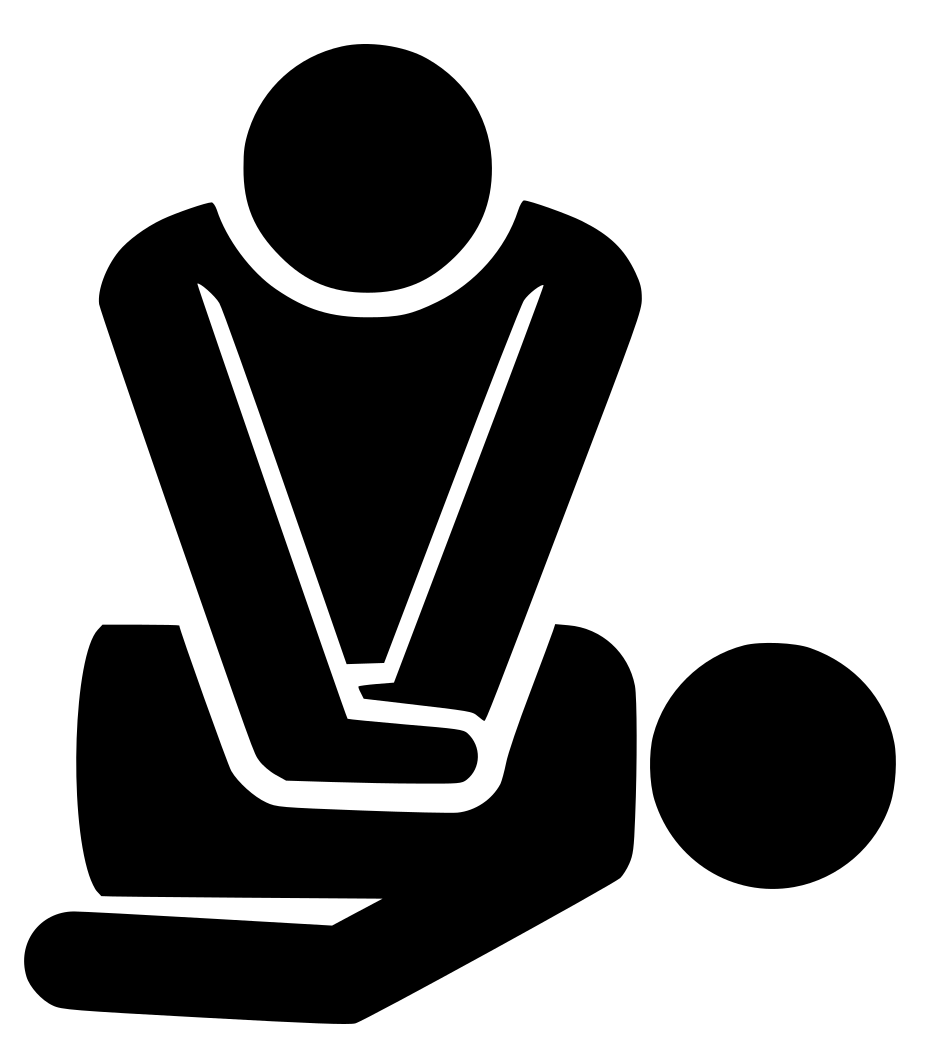Abstract
A critical determinant of cardiopulmonary resuscitation (CPR) efficacy is administration of compressions of adequate frequency and depth. Current attempts at assessing CPR compression have largely been observational and qualitative. Recent advances in material science have allowed for fabrication of conformal “wearable” motion sensors capable of measuring displacement, velocity, and acceleration. We tested the hypothesis that a wearable motion sensor applied to a CPR subject will permit quantitative assessment of compression parameters allowing comparative performance analysis.








